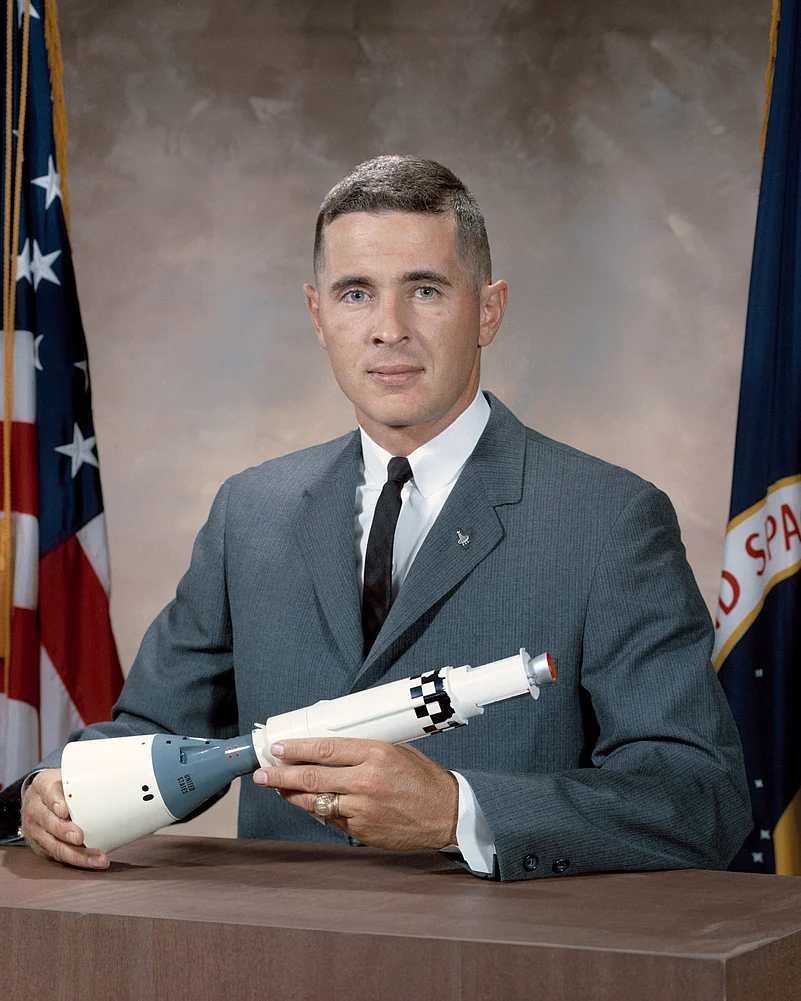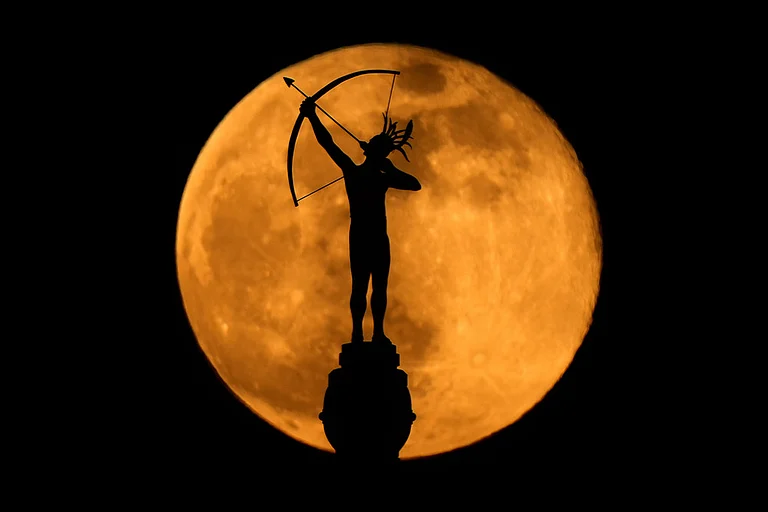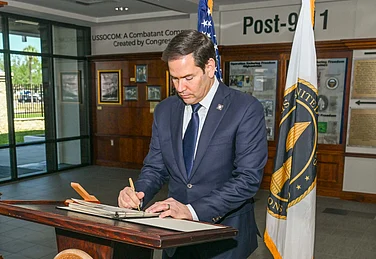Retired Maj. Gen. William Anders, the former Apollo 8 astronaut famous for capturing the iconic “Earthrise” photograph, died in a plane crash on Friday. He was 90-years-old.
His son, retired Lt. Col. Greg Anders, confirmed his passing, stating, “The family is devastated. He was a great father and a great pilot.”
The San Juan County Sheriff’s Office in Washington said in a statement that a two-seater plane crashed into the waters near Jones Island in the San Juan Channel on Friday morning. Sheriff Eric Peter said that the cause of the crash is under investigation and that Anders appeared to be the only person on board.
On the 50th anniversary of the Apollo 8 mission in 2018, Anders said in a video, “As I looked down at the Earth, which is about the size of your fist at arm’s length, I’m thinking, ‘This is not a very big place. Why can’t we get along?’” He added, “To me it was strange that we had worked and had come all the way to the moon to study the moon, and what we really discovered was the Earth.”
NASA Administrator Bill Nelson paid tribute to Anders, saying, “He traveled to the threshold of the Moon and helped all of us see something else: ourselves. He embodied the lessons and the purpose of exploration. We will miss him.”

According to Heritage Flight Museum (founded by Anders), Anders was born in 1933 in Hong Kong where his father, a naval officer, was stationed. He later moved to California and graduated high school there. He earned an engineering degree from the U.S. Naval Academy and received his pilot’s wings from the Air Force in 1956. In 1962, he graduated from the Air Force Institute of Technology with a degree in nuclear engineering, specializing in space radiation, and was selected by NASA the following year.
At the age of 35, Anders became one of the first three people to leave Earth’s orbit through the Apollo 8 mission. The spacecraft circled the moon ten times before splashing down in the Pacific Ocean after approximately six days of launch, as per NASA. The following year, Neil Armstrong and Buzz Aldrin would make their historic walk on the moon’s surface.

The Apollo 8 crew, including Borman, Lovell and Anders, was named Time magazine’s Men of the Year for 1968. In a live broadcast on December 24, 1968, they read the first ten verses of Genesis from space to an audience of half a billion people.
On the same day, Anders took his famed Earthrise photograph. The National Archives describes the image as “the most enduring image of their mission.”

In a 2018 interview with the Guardian, Anders shared that the photograph profoundly changed him. “It really undercut my religious beliefs. The idea that things rotate around the pope and up there is a big supercomputer wondering whether Billy was a good boy yesterday? It doesn’t make any sense.”
After leaving NASA, Anders served on various government commissions and councils and was the U.S. ambassador to Norway. He also had a successful career in the private sector as the CEO of General Dynamics, an aerospace and defense company. He eventually retired to Washington state, where he pursued air racing.
Anders is survived by his wife, Valerie (Hoard) Anders, whom he married in 1955, and their six children.



























